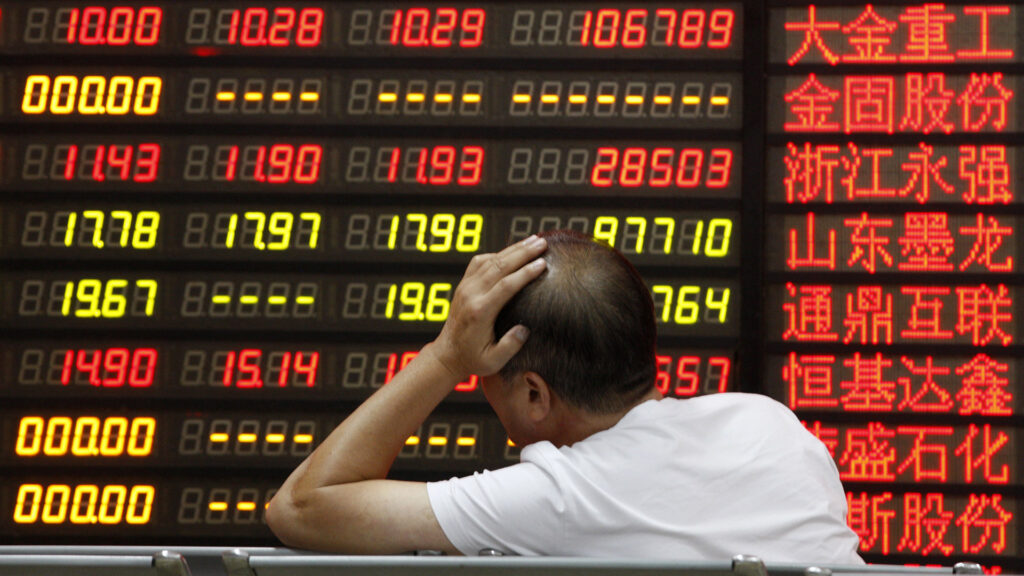Chinese stocks caught up with Hong Kong on Wednesday, falling sharply as the Chinese government’s attempts to convince the world that it was interested in stimulating a moribund economy failed for a second consecutive day.
The mainland CSI 300 dropped more than 7%, the Shanghai market lost over 6%, and Hong Kong’s Hang Seng Index took its two-day loss to more than 11% after a decline of 1.43% on Wednesday.
At one stage, the Hang Seng was down 2.5% on Wednesday but steadied a little in late trading. On Tuesday, the HSI recorded its worst day in 16 years, closing 9.41% lower.
Chinese mainland markets had opened strongly on Tuesday, rising 10% or more at the start ahead of what was supposed to be a government briefing detailing additional stimulus measures, including more figures.
Yesterday’s losses wiped out the small gains recorded on Tuesday.
With no ‘bazooka’ announced, markets turned down, and iron ore prices slumped as well.
The trajectory of iron ore prices and the Hong Kong market reveals the real story of the Chinese government’s failure and the credibility hit that should shame many investors, analysts, banks, brokers, and others.
The significant slide in Hong Kong reflects the disappointment among the bulls who anticipated an easy money injection, only to have it snatched away.
Wednesday saw more rapturous coverage in state-owned mainland media, yet there was no mention of the slide on Tuesday or the subsequent catch-up.
In Singapore, iron ore prices on the SGX platform ended up 10 cents a tonne, reaching $1,050.10. That’s still more than $5 a tonne below the $1,110 hit on Monday of this week in anticipation of the ‘big announcement.’
More stimulus may still come—likely in the form of small, piecemeal measures over time—but it must address the black hole in the property sector.

